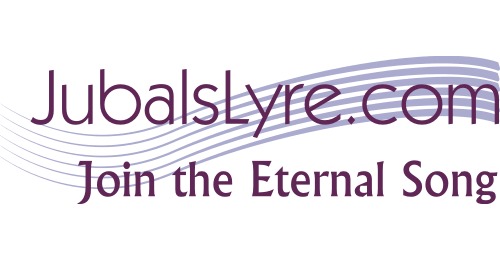On this, the Twelfth Day of Christmas, I thought you might enjoy the carol “Welcome Yole!” It is one of the few that mentions the Twelve Days of Christmas and its Feast Days specifically. The text is relatively simple enjoining us to celebrate Christmas, its Feast Days, and the New Year together.
The most well-known setting is the second movement of A Ceremony of Carols by Benjamin Britten (1913-76). Below is a performance of this movement by a wonderful choir from California.
Below is the text of the carol as it appears in William Sandy’s 1833 book Christmas Carols: Ancient and Modern, a book credited for helping to reinvigorate the singing of Christmas carols and the celebration of Christmas in Victorian England. The text is accompanied by a version in more modern English. To view it directly from Sandys book, click here.
Note that the second verse refers to Feast Days that immediately follow Christmas Day: December 26 – St. Stephen, Martyr; December 27 – St. John, Apostle and Evangelist; December 28 – The Holy Innocents, Martyrs; and December 29 – Thomas Beckett, Martyr.
The carol even references feast days held during the Season of Epiphany. In the fourth verse “Candelmas” refers to the Feast of the Presentation of Our Lord, which is celebrated on February 2 and commemorates the presentation of the baby Jesus at the Temple in Jerusalem (Luke 2:22-40). “Queen of Bliss” refers to the Feast of the Purification of Mary which is celebrated on the same day in conjunction with the Feast of the Presentation.
A Christmas Carol
Wolcū zol þu mery mā in worchepe of þis holy day,
[Welcome Yule, thou merry people in worship of this Holy Day,] 1Wolcū be þu heuene kyng, [Welcome be thou Heavenly King,]
Wolcū born in on morwenӯg, [Welcome born on one morning,]
Wolcū for hō we xal syng, [Welcome for whom we shall sing,]Wolcū zol. [Welcome Yule!]
Wolcū be ze stefne & Jon, [Welcome be ye Stephen and John,] 2
Wolcū innocetҼ euᲴychon, [Welcome Innocents everyone,] 3
Wolcū thomas martᲴon, [Welcome Thomas, martyr one,] 4Wolcū zol. [Welcome Yule!]
Wolcū be ze good newe zer’, [Welcome be ye good New Year,]
Wolcū twelfþe day boþe in fer, [Welcome the Twelve Days together,]
Wolcū seyntҼ lef & der, [Welcome Saints, loved and dear,]Wolcū zol. [Welcome Yule!]
Wolcū be ze candylmesse, [Welcome be ye Candlemas,] 5
Wolcū be ze qwӯ of blys, [Welcome be ye Queen of Bliss,] 6
Wolcū boþe to mor & lesse, [Welcome both to more and less,]Wolcū zol. [Welcome Yule!]
Wolcū be ze þt arn her, [Welcome be ye that are here,]
Wolcū alle & mak good cher, [Welcome all and make good cheer,]
Wolcū all ā oþꝪ zer, [Welcome all another year,]Wolcū zol. [Welcome Yule!]
William Sandys, Christmas Carols, Ancient and Modern (London: Richard Beckley, 1833), 3-4.
Sir Charles Parry (1848-1918) published a setting of this carol in 1915, which is sung here by the TENET Vocal Artists of New York. To view the score, click here.
Here is a performance of all 12 movements.
Merry Christmas and Happy New Year!
A Ceremony of Carols on www.sheetmusicplus.com.
- “Yule” is an Anglo-Saxon word that came to mean “Christmas.”
- This line refers to the Feasts of St. Stephen, Martyr, celebrated on December 26 and the Feast of St. John, Apostle and Evangelist, celebrated on December 27.
- This line refers to the Feast of the Holy Innocents, Martyrs, celebrated on December 28.
- This line refers to the Feast of Thomas Beckett, Martyr, celebrated on December 29.
- This line refers to the Feast of the Presentation of Our Lord celebrated on February 2.
- This line refers to the Feast of the Purification of Mary celebrated with the Feast of the Presentation on February 2.



Thank you so much, Marty, for posting this. Absolutely beautiful and I remember singing this at a Christmas concert at CSP!